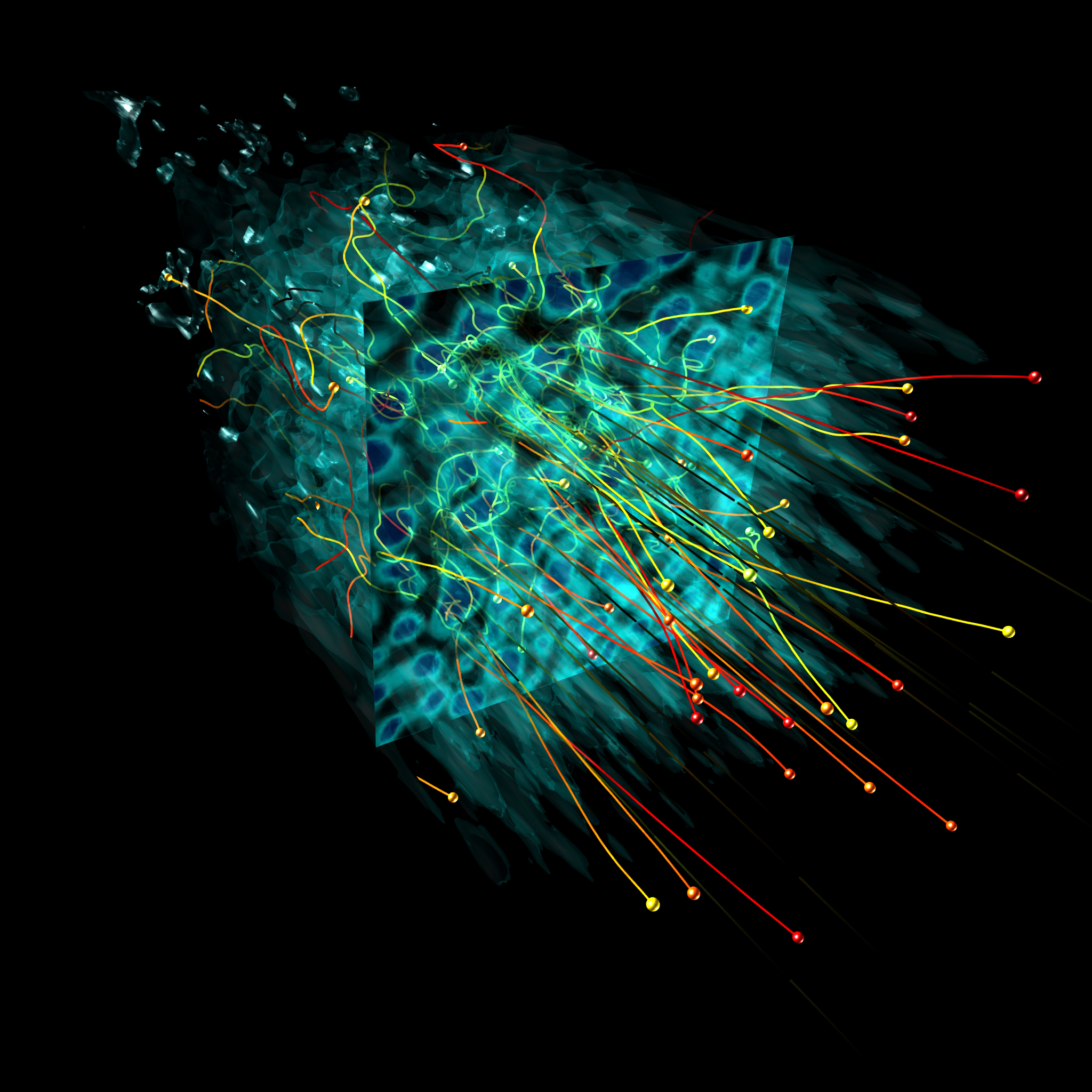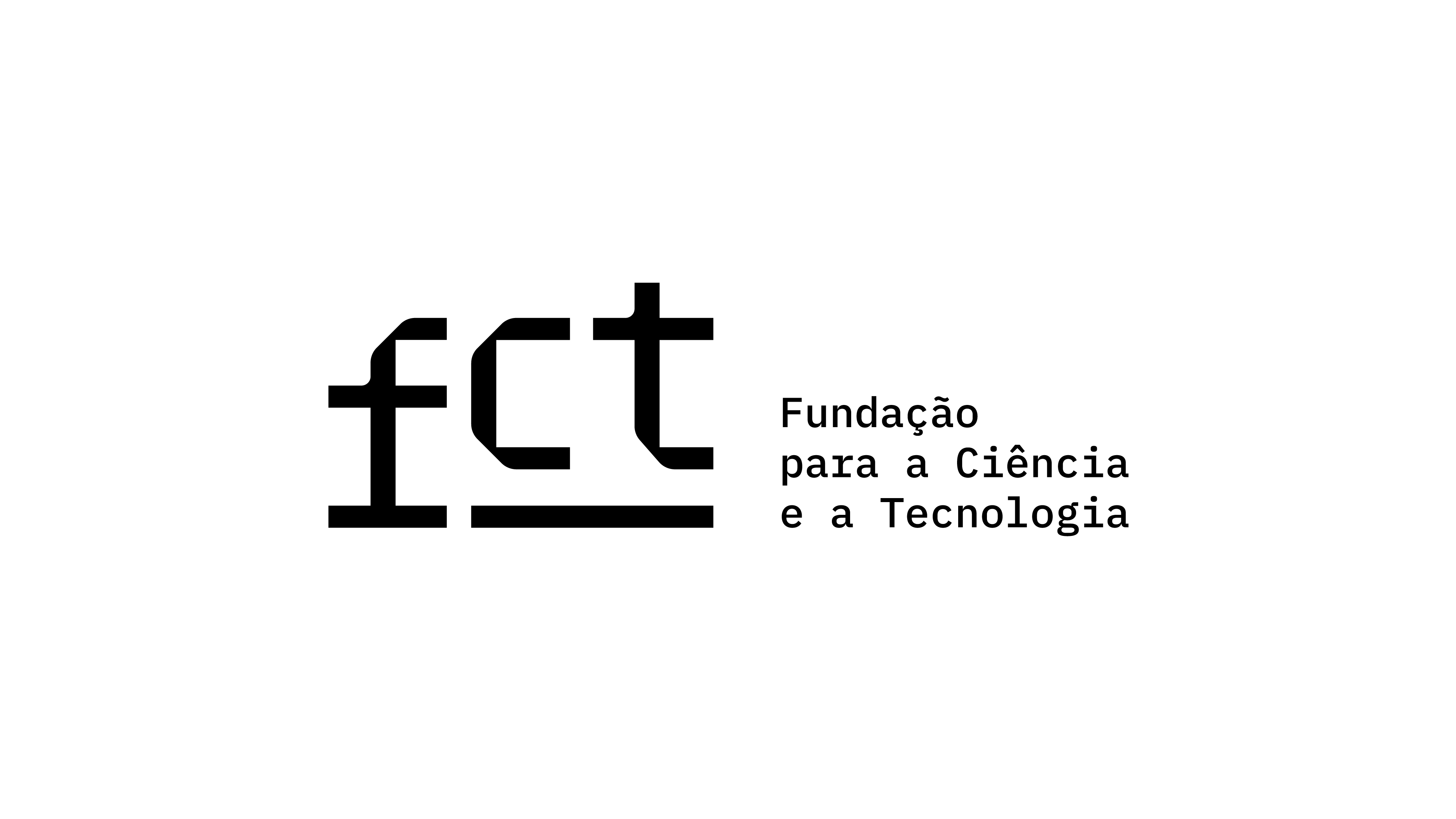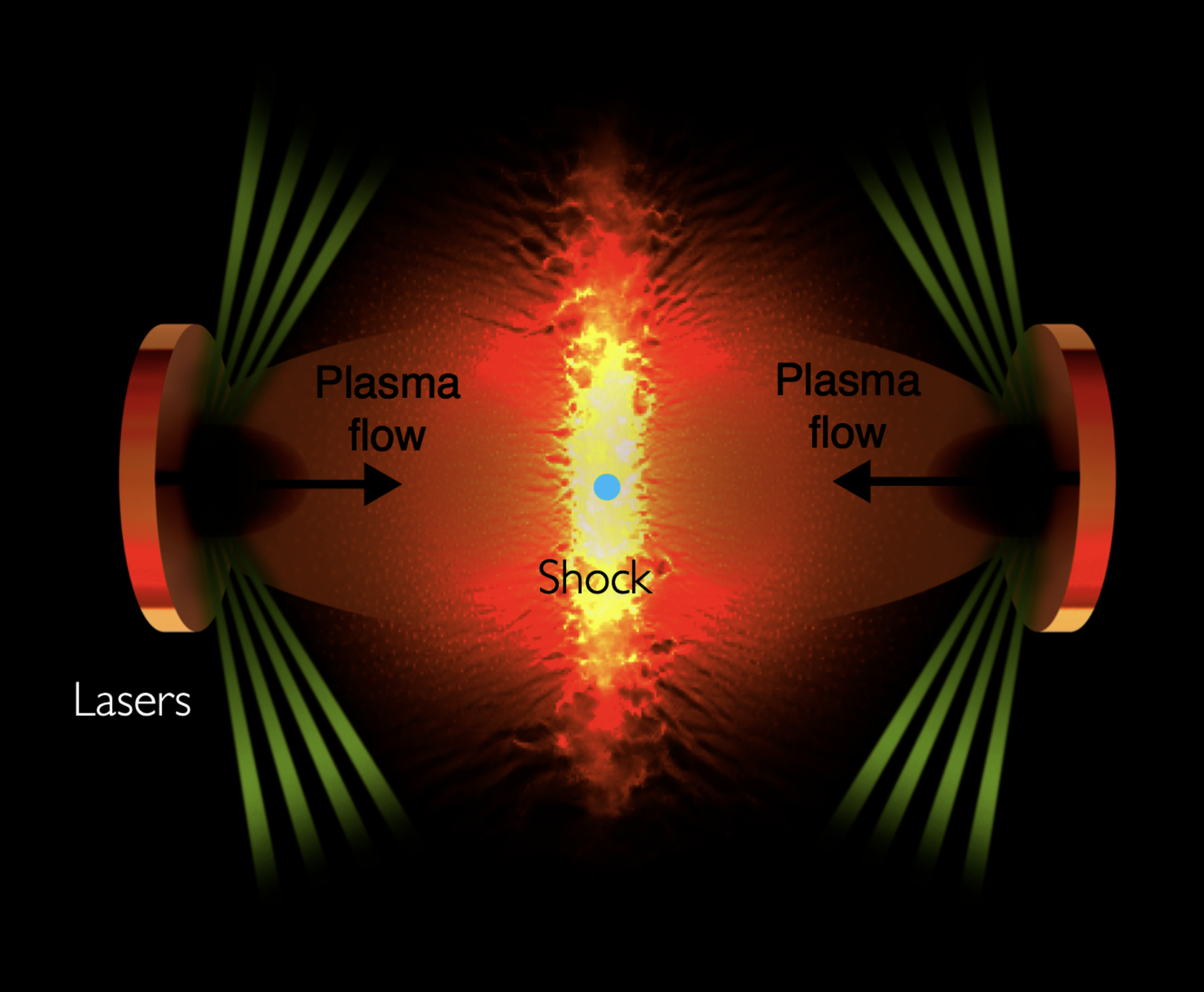
Group of Astrophysical Plasmas
Advancing our understanding of plasma physics in astrophysical environments through cutting-edge research in theory, computational modeling, experiments and observations.
About Our Group
The Group of Astrophysical Plasmas (GAP) studies the plasma processes that shape high-energy astrophysical environments—such as those found in supernovae, black hole and neutron star magnetospheres and relativistic jets. Our aim is to advance the knowledge of the fundamental mechanisms governing plasma dynamics, nonthermal particle acceleration and radiation emission in the universe by combining theory, computational modeling, laboratory experiments, and observations.
A recent focus of the group has been on:
- Nonthermal particle (cosmic ray) acceleration and radiative processes in collisionless shocks, turbulence and magnetic reconnection;
- The role of plasma instabilities in magnetic field amplification and cosmic-ray transport;
- Development of data-driven reduced models that can more efficiently encapsulate the impact of kinetic, microscopic processes on the large-scale plasma dynamics;
- Laboratory astrophysics experiments involving powerful lasers, relativistic particle beams and pulsed-power machines that are opening a new window into the physics of astrophysical plasmas and helping validate models and numerical codes.
We are funded by the European Research Council through the Consolidator Grant XPACE (No. 101045172) and involved in the new COST Action “Extreme Plasma Network for Advanced Discovery” (EXPAND). We are committed to providing advanced training in an international, collaborative, multidisciplinary and intellectually stimulating environment.
Reach out and join us!








